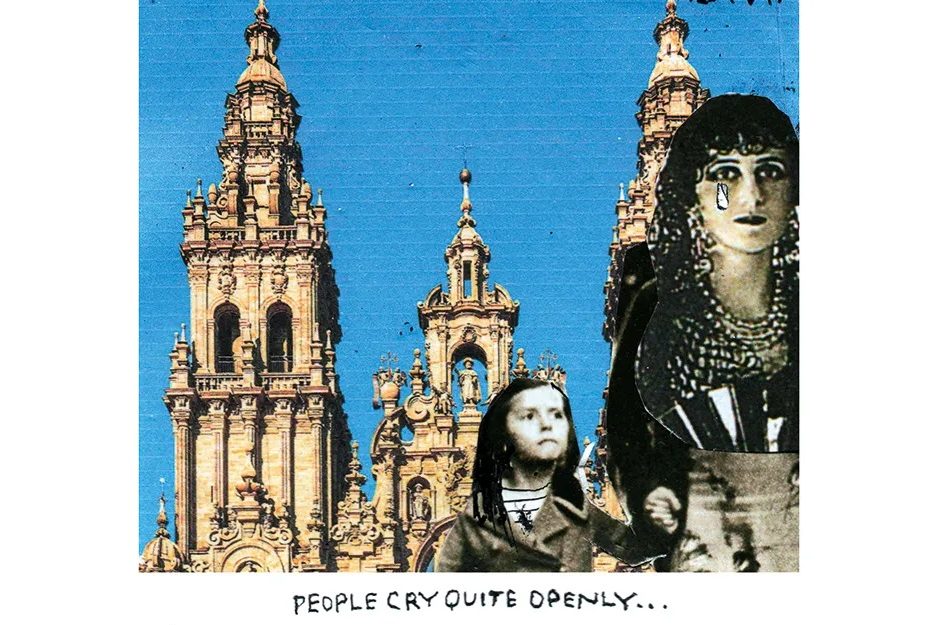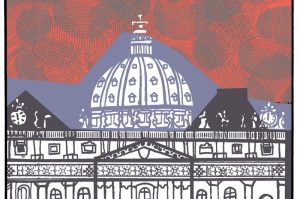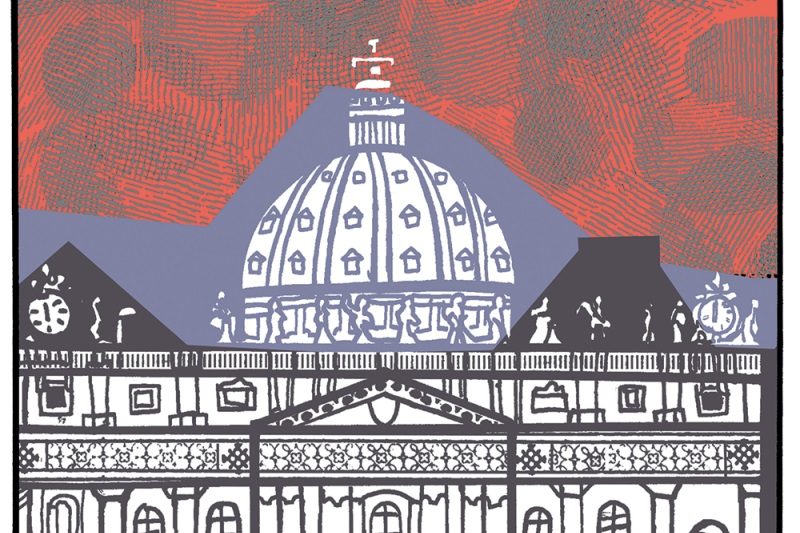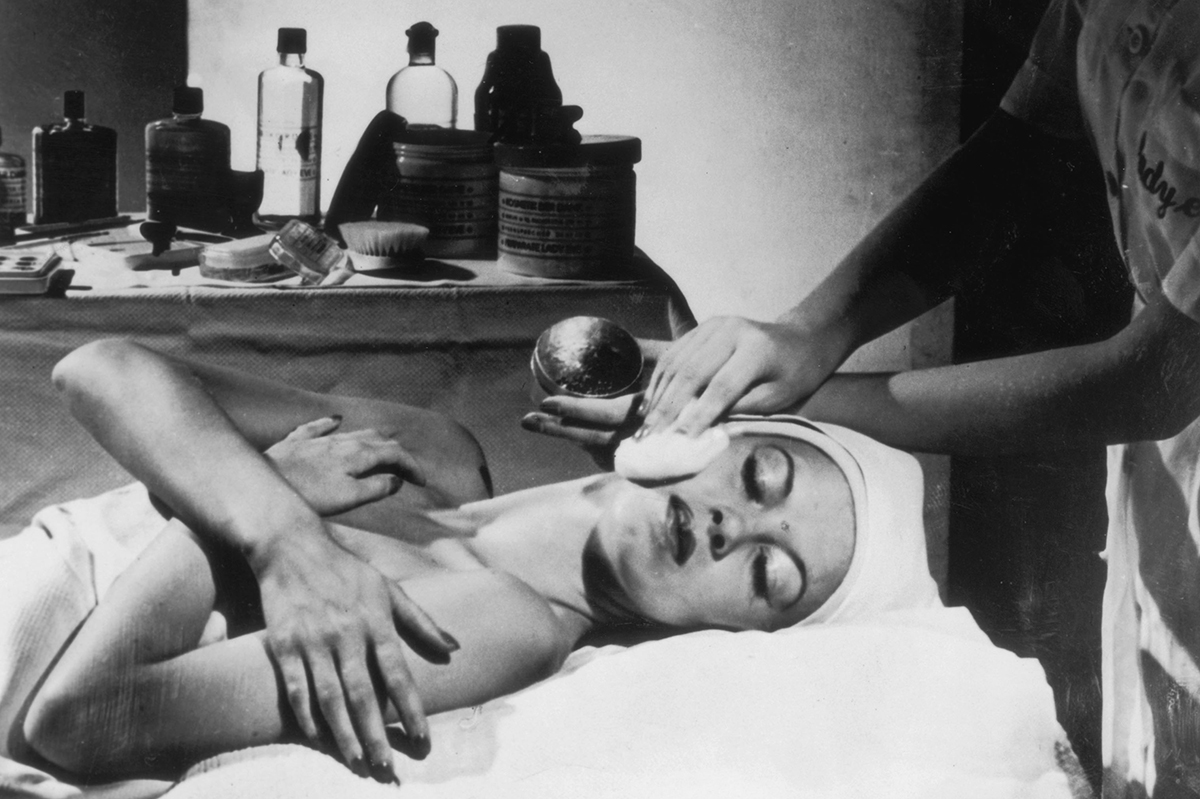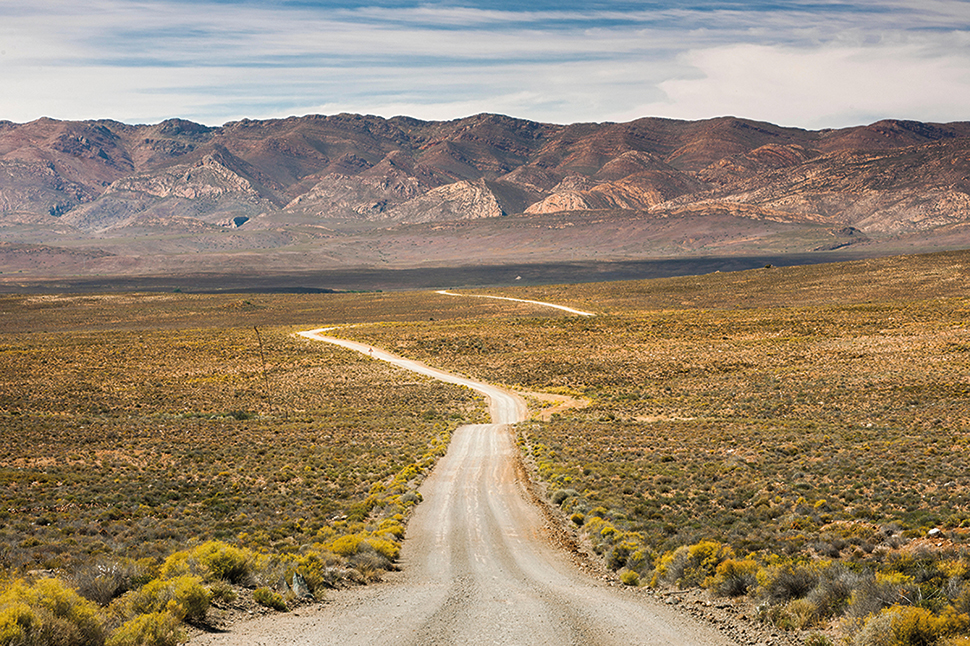Santiago de Compostela, Spain
We are in the holy city of Santiago de Compostela to scatter our father’s ashes. He and my youngest sister had planned to walk the Camino, which finishes here at the resting place of Saint James, to mark the start of her adulthood and the beginning of his retirement. Instead, my two sisters have been walking the ancient pilgrims’ route for the past few weeks. I’ve flown into the city to meet them at the end. Most of Dad’s ashes went into a smart Regency tea caddy. The funeral directors had offered us a standard-issue urn but we decided he’d prefer something jolly and Georgian. The lacquered box didn’t quite hold all of his remains so the youngest put the rest in a Tupperware tub and brought him here to Spain. She took a relaxed approach to paperwork and I worried that his ashes might end up in a drug-testing laboratory.
People here seem to cry quite openly. In the square beneath the cathedral, a man of about sixty sits on the paving stones, leaning back on his palms and gasping between tears. We watch a father at the end of his pilgrimage surprised by the arrival of his daughter, his shoulders breaking into shudders of joy. I feel a little silly in trainers, surrounded by pilgrims in walking boots. My sisters have bumped into friends they’ve met along the route, sharing stories of lost backpacks and hostels filled with mad Germans. They went straight into the cathedral when they arrived, while I waited outside. It didn’t feel right to go in. I’m here because our father isn’t, at the end of a journey I haven’t taken.
It’s said that the headless body of Saint James was brought here from the Holy Land on a rudderless boat, his disciples avoiding dragons and the creatures of hell along the way. A few years later, an incarnation of James appeared at the mythical Battle of Clavijo to lead the last of the Spanish forces to victory against the Moors. It was proven in 1948 that no such battle took place. Still, this frontier of Christendom, at the very edge of the known world, was never fully controlled by the Caliphate, nor has it been an entirely happy province in a larger Christian kingdom. James Matamoros (the “Moor-Slayer”) was briefly patron saint of all of Spain — until Clement XIII tried to have him expunged in favor of the true apostle. The Moor-Slayer appears across the country, mounted above the bodies of turbaned North Africans, defying invaders, papal orders and indeed what is probably now considered good taste.
One of Santiago’s churches has been turned over to a local university for use as an art gallery. Inside the ill-lit nave, a series of large portraits have been arranged depicting naked bodies stretching against the edges of their elaborate frames. Beneath each painting is a replica egg, each different; one pearlescent white, another with a skull carved into it. Watching above from the altarpiece is a life-sized Mary, weeping. Children play in the recessed entrance of another church, kicking a soccer ball high against the metal mesh that covers one of the windows with a satisfying clatter. Outside another, a small boy urinates against the granite walls, surrounded by crushed grapes and cardboard boxes.
The Galicians seem to believe that they are Celts: shop windows contain pan-Celtic flags made up of those from Scotland, Wales, Ireland, Brittany, the Isle of Man and Cornwall. Outside the cathedral, a bagpiper plays broken tunes that sound more as though they come from Arabia than Caledonia. Shops sell wooden plaques and tea towels bearing the Celtic triangle or triquetra, a symbol of the unity of the holy trinity and that of the Celtic people.
Some of the buildings here could be reassembled in Aberdeen and sit unnoticed on its streets. They are made of a similar gray granite, held up by thick colonnades. On Saturday mornings, elderly women meet beneath them and sip little glasses of beer. One group had already finished their first bottle of wine by 11 a.m., a picture of civility, and evidence that these Celts have less in common with their Scottish cousins than they might hope. Still, they have their similarities. On shop fronts and lamp posts, faded stickers demand “Independencia y Patria Socialista” above the outline of the region and what was once a red star. In one plaza, I watch a pair of blind men, one leading the other.
Two of the cathedral spires are similar to one on a Hawksmoor church in Bloomsbury. They are a kind of jagged pyramid, I think designed to look like ancient Mesopotamian ziggurats. The clocktower, which contains the face of a distinctly Celtic Green Man, reminds me of an excellent conspiracy theory. Medieval church bells were tuned to emit a holy resonance that cleansed the air of discontent. During the world wars, many were melted down for armaments and our sonic protection was lost.
Santiago is small; you should be able to walk across it in about ten minutes, yet the place is difficult to navigate. The tiny streets are almost indistinguishable and weave across one another. Perhaps this is by design; with the old walls gone, the city’s defense is confusion. But if you walk for long enough, you’ll find the place you’re looking for.
We hadn’t discussed the protocol for spreading our father’s ashes and my sisters have already made a start, dropping little bits of him along the route. They say they’ve been speaking to him too. Part of me thinks that I should feel guilty for not being with them. But I don’t really mind. I find the contents of that Tupperware box unsettling. It isn’t him.
This article was originally published in The Spectator’s UK magazine. Subscribe to the World edition here.



